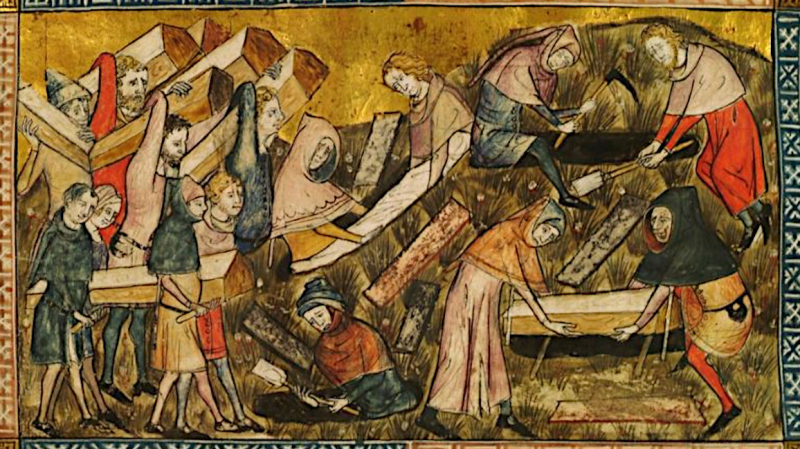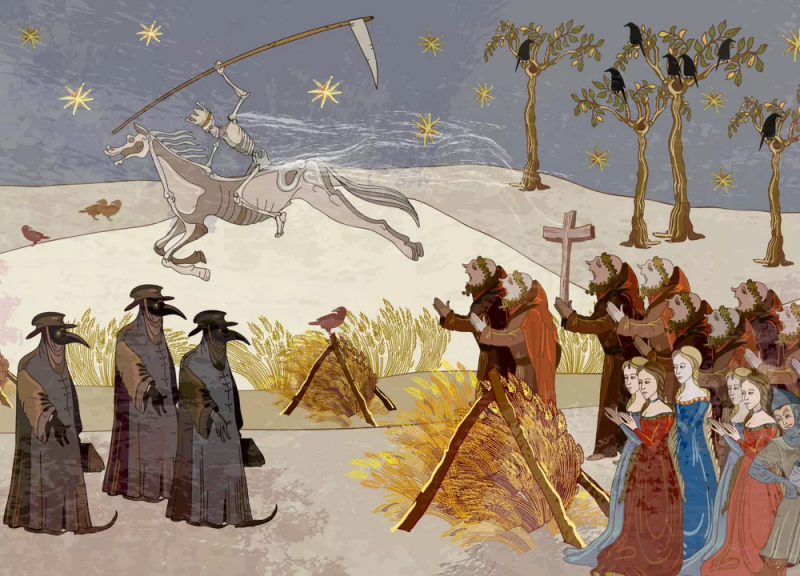The Justinian Plague
Anyone who survived the year 2020 knows what it's like to live amid a pandemic. That is, with contemporary technology and connectivity to assist us all get through it. Things were a little different from 541 to 542, during the Justinian plague. The plague itself plagued the world for almost 225 years, although Constantinople was not attacked until 542. It traveled along trade routes, due to rats and fleas, everywhere humans carried products and commodities. People fleeing cold weather exacerbated the situation, and the disease was able to spread and kill millions of people.
When the Bubonic plague resurfaced in the 14th century, it is estimated that it killed over half of Europe's population, or approximately 50 million people. Procopius, a writer and historian, blamed Justinian for the epidemic and said that he was either a devil or was being punished by God. For four months, the plague ravaged Constantinople. Emperor Justinian contracted the sickness but survived. The streets were supposed to be overrun with corpses, while graveyards and tombs were overrun to the point where trenches were built to accommodate the additional dead. Some were dumped into the sea, while others were stashed in abandoned houses.
Those who couldn't afford or couldn't find a doctor because they were too busy sought to treat the ailment at home with cold baths, magical trinkets, and blessings. The death toll in Constantinople alone is estimated to be 5000 to 10,000 per day. It was estimated that 25% of the Empire's population died, ranging from 25 to 50 million people.












